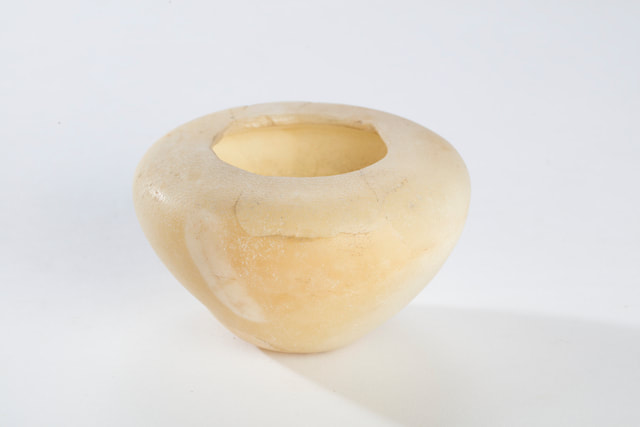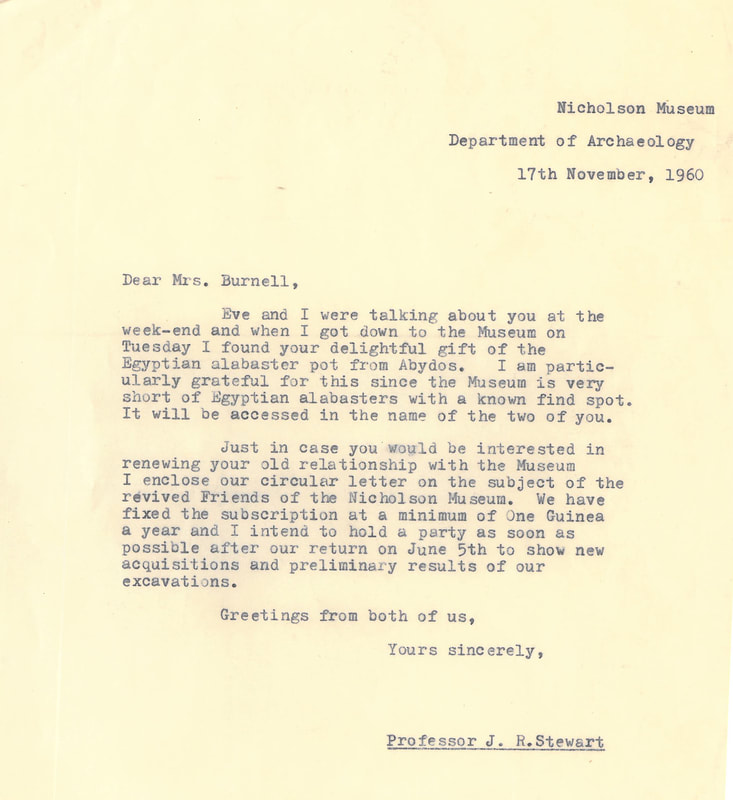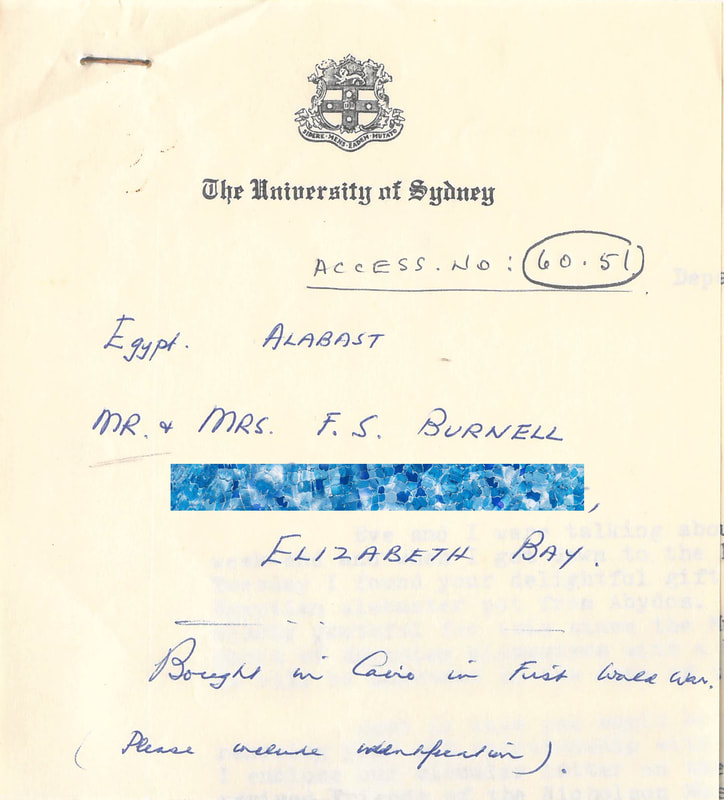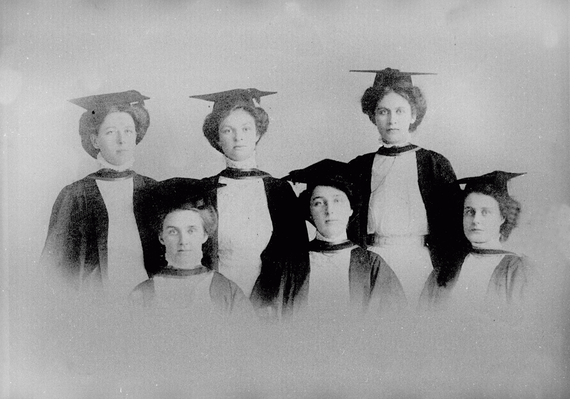Written by Candace Richards |
| “Relatively late in life in March 1935 Burnell became engaged to Marjorie Kane Smyth (1888–1974). She had worked as a nurse in Egypt and France during World War I, published a collection of her poetry, Poems, in London in 1919, and was also a painter, on one occasion exhibiting her works alongside other Australian artists in Paris at the Salon d’Automne in 1925” (Harting 2016, 85). |
Marjorie Smyth’s service during WW1 places her squarely in Egypt, and we can be certain that she was the one who purchased the Abydos calcite jar, like many other service people who bought antiquities during their wartime postings. The fact that it was donated in both her married name and her husband’s, after he had passed, is not uncommon, and was followed up by Marjorie with a donation to the University of Sydney to endow a Classical Greek essay prize in Frederick’s honour in 1962 (Calendar 1963, 452).
The pitfalls of tracking married women in scholarship are varied and require active recognition of the many ways in which women can be easily written out, or in this case, ‘assumed out’ of history. The donation credit line for the Burnell’s Abydos jar has now been updated in the Nicholson Collection's databases to reflect the full names of both individuals, including an acknowledgement of Marjorie’s maiden name, and Marjorie has now been acknowledged as the collector of the item.
References
- Harting, Andrew. 2016. ‘Frederick Spencer ‘Fritz’ Burnell (1886-1958)’ in The Lysicrates Prize 2016: The People’s Choice. Sydney. 77-89.
- Newman, Vivien. 2016. Tumult and Tears: The story of the great war through the eyes and lves of its women poets. Barnsley, South York Shire.
- Calendar of the University of Sydney for the year 1963. Sydney 1962. accessed: http://calendararchive.usyd.edu.au/Calendar/1963/1963.pdf
Blog Subjects
All
About
Adele De Dombasle
AWAWS Project
Beryl Rawson
Betty Fletcher
Eleanor Stewart / Jacobs (nee Neal)
Eugenie Sellers Strong
Eve Stewart (nee Dray)
Isabel Turnbull
Jessie Webb
Judy Birmingham
Margaret Hubbard
Marguerite Johnson
Marion Steven
Marjorie Burnell (nee Smyth)
Olwen Tudor Jones
Pacific Matildas
Susanna Davies
Theme: Mrs
Theme: Museums
Theme: Research Methods
About the Blog
The contribution made by women to ancient world studies in Australia and New Zealand has often been neglected. Our blog aims to bring you new research and insights into some of these remarkable women.
Written by AWAWS members, these entries will hopefully be a starting point to discovering more about the diversity of people who have shaped our understanding of the ancient world.
Write for the Blog
We are currently seeking contributors to the blog. If you would like to write your own entry on any aspect of the history of women in ancient world studies, please get in touch with your idea and a draft outline of your entry via socawaws@gmail.com
Archives
January 2024
December 2022
August 2021
July 2021
May 2021
April 2021
February 2021
December 2020
November 2020
September 2020
August 2020
July 2020
June 2020
May 2020
April 2020
March 2020
December 2019





 RSS Feed
RSS Feed